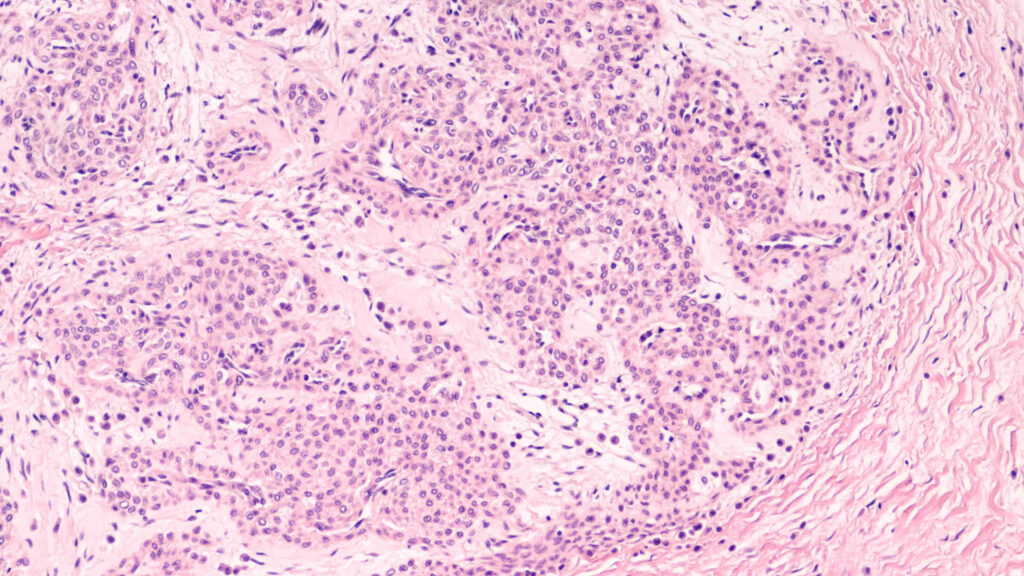Learn more about Glomus Tumour and Digital Myxoid Pseudocyst
Glomus Tumour
A glomus tumour is a nodule that arises from glomus cells in the arterial portion of the glomus body, or the Sucquet-Hoyer canal. This is a rare benign (non-cancerous) growth often under the fingernail or fingertip pulp and can involve bone. The tumour is usually found on the nail bed or palm of a young adult and can be extremely painful, particularly following change in temperature or pressure. The glomus body is a temperature-sensitive organ of modified perivascular smooth muscle cells, which is involved in the vascular regulation of skin temperature; arterioles contract with cold, whereas glomus bodies dilate, thereby maintaining blood flow to the nail bed.
Moreover, it commonly causes severe pain in the fingertip in cold environments and extreme pain and sensitivity to touch. X-Ray and MRI can be useful tests in confirming the diagnosis. Surgical excision is one of the treatment. If the glomus tumour is under the nail, the nail then requires surgical removal and an incision made in the nail bed to remove the tumour.
Digital Myxoid Pseudocyst
A digital myxoid pseudocyst is a shiny papule found at the end of a finger or toe, close to the nail. It is called a pseudocyst because it is not surrounded by a capsule, unlike a true cyst. It is also called a myxoid cyst, a mucous cyst, a digital ganglion cyst, and a digital synovial cyst.
Digital Myxoid Cysts are not “catching” and they are not a sign of infection. Then they do not develop into skin cancer.
What causes a digital myxoid pseudocyst?
The cyst arises from degeneration in the connective tissue on the top of the last segment of the finger.
There appear to be two variations. The first is a form of focal mucinosis, a condition which then characterised by abnormal deposits of mucopolysaccharides (mucins) in the skin. The other variation arises from extension of the lining of the finger joint and is due to osteoarthritis – a type of ganglion.
What is the treatment for digital myxoid pseudocyst?
If a digital myxoid cyst does not cause any symptoms, no treatment is then required. Small cysts can disappear spontaneously without treatment. However, if treatment is considered necessary, there are a number of options. Treatments which may be successful for digital myxoid pseudocyst include:
- Repeatedly pressing firmly on the cyst
- Squeezing out its contents (make a hole with a sterile needle)
- Cryotherapy (freezing)
- Steroid injection
- Sclerosant injection
- Surgical removal.
Unfortunately, digital myxoid pseudocysts often then recur, whatever treatment is used.
Are you suffering from one of these conditions? One of our podiatrist can assist and then recommend what treatment options are best to get you back on track.
Schedule an appointment here or you may call us at 44 (0) 207 101 4000.
We hope you have a feetastic day! 👣☀️
-The Chelsea Clinic and Team




